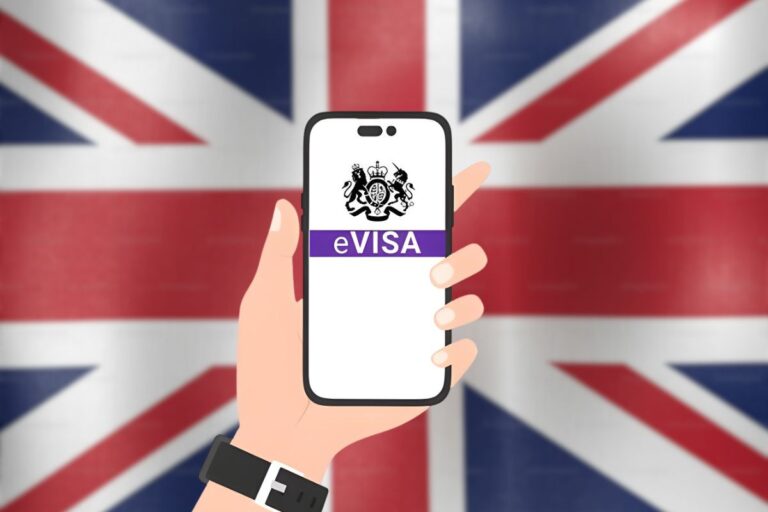Understanding the Process
Moving to Canada with professional qualifications from another country often means navigating a system designed to ensure that your education, skills, and experience meet Canadian standards. The Foreign Credential Recognition (FCR) process verifies equivalency in regulated professions or compulsory trades—such as healthcare, engineering, accounting, and teaching—and is specific to each province or territory (Canada.ca). You must connect with the relevant regulatory body to evaluate your credentials and, if successful, obtain licensure or certification to practice or use your professional title (Canada.ca).
Starting the process early—ideally before arriving in Canada—is highly recommended due to its potentially lengthy and costly nature (Canada.ca).
Using the Foreign Credential Recognition Tool
Canada offers a convenient Foreign Credential Recognition Tool to help you:
- Check if your profession is regulated in the province or territory where you plan to work
- Identify and contact the appropriate regulatory body
- Explore job descriptions, career prospects, salary ranges, and job outlooks in your field (Canada.ca)
This tool provides essential guidance for planning your next steps more strategically.
Financial Support Available
To help with the expenses of licensing, exams, training, or tuition, eligible internationally trained professionals can apply for Foreign Credential Recognition Loans of up to $30,000 (Canada.ca). These loans are designed to lessen financial burdens and can be complemented by targeted support services such as:
- Career counselling and mentorship
- Job readiness workshops
- Assistance navigating the licensing process (Canada.ca)
These services are delivered by several partner organizations across Canada, including:
- Windmill Microlending (national coverage)
- Ottawa Community Loan Fund (OCLF) – Ottawa, ON
- Immigrant Services Association of Nova Scotia (ISANS) – Atlantic Canada
- Immigrant Services Society of British Columbia (ISSofBC) – BC
- Progressive Intercultural Community Services (PICS) – BC
- Supporting Employment and Economic Development (SEED) – Manitoba (Canada.ca)
Key Steps at a Glance
- Verify Regulation
Use the Foreign Credential Recognition Tool to determine if your occupation requires licensure. - Engage with the Regulatory Authority
Get clear guidance on requirements—documents, assessments, exams, or additional training. - Assess Financial Needs
Anticipate potential costs and explore loan eligibility and additional supports. - Apply for Loans or Supports
Reach out to partner organizations relevant to your province or contact them directly. - Complete the Licensing Process
Submit required documentation, meet additional criteria, and secure your certification or license. - Enter the Workforce
Once credential recognition is achieved, pursue employment in your profession.
Why It Matters
This program underscores Canada’s commitment to welcoming skilled newcomers and helping them succeed. By reducing barriers and offering both financial and procedural support, the FCR initiative empowers internationally trained professionals to contribute to Canada’s economic and social fabric.
In Summary
- The Foreign Credential Recognition process ensures internationally earned credentials align with Canadian professional standards.
- The Foreign Credential Recognition Tool simplifies checking regulation and discovering relevant authorities.
- Financial help—loans up to $30,000 and support resources—are available through regional partners.
- Early preparation and understanding provincial variations are key to a smoother transition.
Source : https://www.canada.ca/en/




Leave a Comment